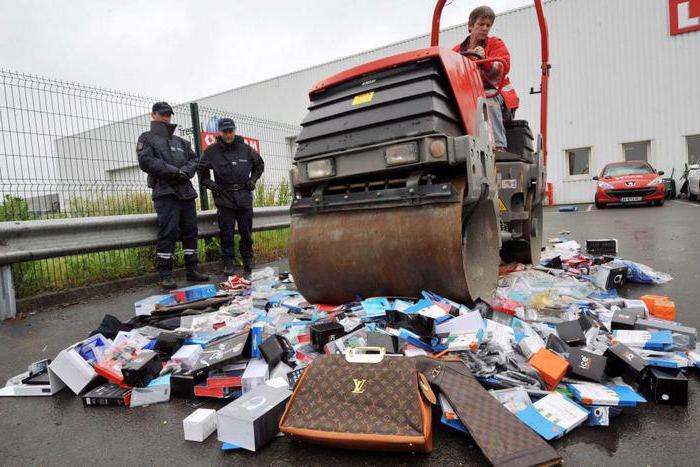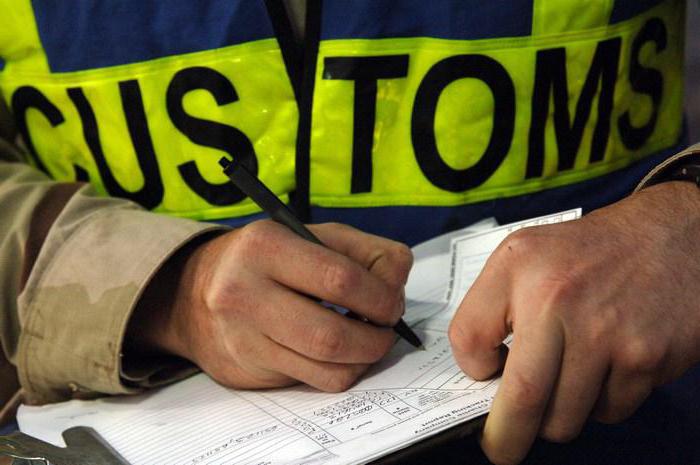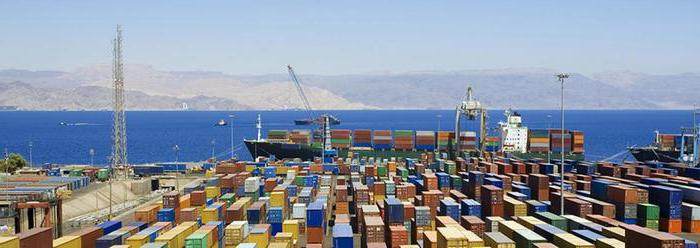The customs procedure for the destruction of goods is the neutralization or bringing the objects into a state in which their consumer and other properties are lost. Such products cannot be restored in their original form by a cost-effective method. Let us further consider this mode in more detail. 
General information
The placement of goods under the customs procedure of destruction is carried out on the basis of a conclusion issued by an authorized body. The document indicates the place and method by which the cargo will be rendered harmless. Operations with objects are carried out under the control of the FCS staff. This regime provides for exemption from customs duties.
Resolution
For its receipt, the subject, which according to Art. 186 TC TC can be recognized as a declarant, submits an application. It is compiled in writing. The application must indicate:
- The name of the products and their code according to the HS, which are subject to neutralization.
- Cost, quantity, location of objects.
- The proposed method, date, territory where the destruction of the goods will be carried out, as well as the period during which the corresponding operations will be carried out.
- A brief description of the reasons why the subject removes the goods from circulation.

Additionally
In addition to the above, information and documents are provided, determined by the order of the Federal Customs Service No. 536 of 04.25.2007. These include:
- Conclusions of bodies specially authorized by the legislation of the Russian Federation regulating the sphere of nature protection to conduct sanitary-epidemiological and environmental control. These documents are provided if there is reason to believe that the partial or complete destruction of facilities may harm the environment or pose a potential or immediate danger to public health.
- An agreement for the clearance of cargo indicating the time and method of its implementation.
- Documents certifying the fact of the irretrievable loss of the destruction or damage to the cargo due to force majeure or accident.

Nuance
If the customs procedure of destruction is declared regarding cargo that has been irretrievably lost, damaged or liquidated due to force majeure, accident or as a result of operations with scientific / commercial samples, the entity declaring it shall indicate in its application the date and place of events. In accordance with Art. 205 of the Code, it must also confirm the circumstances in which these events occurred and the causal relationship between them and the result. In addition, the declarant is obliged to inform about the waste generated as a result of such destruction of the goods, the possibility of their subsequent commercial use. If it exists, in addition to the name and quantity of products, their value is indicated.
General rules
The customs procedure for destruction in respect of products stored in a warehouse in the control zone may be declared by its owner. Among the mandatory documents that the declarant provides, there is a conclusion of the federal executive authority authorized by the Government on the possibility, place and method of performing the relevant operations. An exception is the case when the cargo is irretrievably lost due to force majeure or an accident. As a conclusion can be used:
- Act of destruction.It is issued if the cargo was liquidated or damaged during testing, testing, research, verification, experiments, demonstrations or experiments, or it was used in their implementation. The act is issued by the organization that conducted these operations.
- Object disposal license. It is issued by the organization with which the declarant entered into a destruction agreement.

If commercial or scientific samples declared to be disposed of or damaged as a result of the above operations are declared for neutralization, the documentation drawn up for maintaining the financial statements, as well as extracts from it, acts as a conclusion.
The timing
The declarant's application is considered by the authorized body during the period, the duration of which is not more than that established in Art. 196 TC TC time period for registration of the release of products. For direct clearance / disposal of cargo, the control service determines the time period for the relevant operations based on the time required for their implementation by the claimed method. In this case, the duration of transportation of objects from their location to the territory of destruction is taken into account. The deadline for performing operations is affixed to the employee of the FCS unit in line "C" DT in the form of a mark: "Destroy before ......................". The record is certified by the seal of the official or customs authority. 
Control
It applies to the entire duration of the cargo under the destruction procedure. All actions with objects, including their movement to the place of disposal / disposal, as well as their immediate liquidation, are carried out with the permission of the officials of the FCS unit. If employees find during the documentation check signs that suggest that operations can cause significant damage to nature or pose a direct / potential danger to public health, the release of the cargo is subject to the applicant providing the original conclusions of the authorities authorized to conduct the sanitary and epidemiological and environmental control.
Customs destruction procedure: specifics
The conditions for the actual liquidation of the cargo should exclude the possibility of seizure or change in its condition (concealment, theft, understaffing, substitution, consumption) in storage places, along the route and in the territory of direct disposal / disposal. The customs procedure for destruction should take as short a time as possible. In the provisions Art. 307 The Code provides for the implementation of appropriate operations with objects that have been damaged to a state in which they cannot be restored using cost-effective methods. When determining the criterion of commercial feasibility, experts proceed from a comparison of the cost of returning the goods to their original form and the average market price of similar products at the date of registration of the regime of customs destruction with respect to them. 
Types of operations
In the process of customs clearance of goods for destruction, the following actions are performed:
- Declaration of cargo in accordance with the rules of the regime.
- Release of objects.
- The actual destruction of the cargo.
- Registration of the act of operations.
Exceptions
In Art. 308 TC TC provides a list of objects that cannot be declared under the destruction procedure. These include, in particular:
- Historical, cultural, archaeological values.
- Animals and plants belonging to species that are under special protection in accordance with the laws of the member countries of the CU or international treaties, as well as their derivatives and parts. The exception is cases when their disposal or disposal is necessary to suppress the spread of epizootics, epidemics and quarantine objects.
- Goods that are accepted as collateral by customs. Such objects are stored in appropriate places until the termination of the relationship in connection with which it arose.
- Seized objects or goods under arrest. These include, but are not limited to, items serving as material evidence in accordance with the laws of the Member States of the Customs Union.
- Other goods, the list of which is established by decision of a special commission.

Conclusion
Customs destruction is carried out strictly under the control of officials of the FCS unit. Particular attention in the process is given to objects that may be hazardous to the health of citizens or nature. If such cargoes are identified, the procedure can be carried out only after obtaining appropriate conclusions from the regulatory authorities operating in the field of environmental and sanitary-epidemiological control. The legislation does not establish specific dates for operations. However, the norms stipulate that the procedure should take as short a time as possible.
